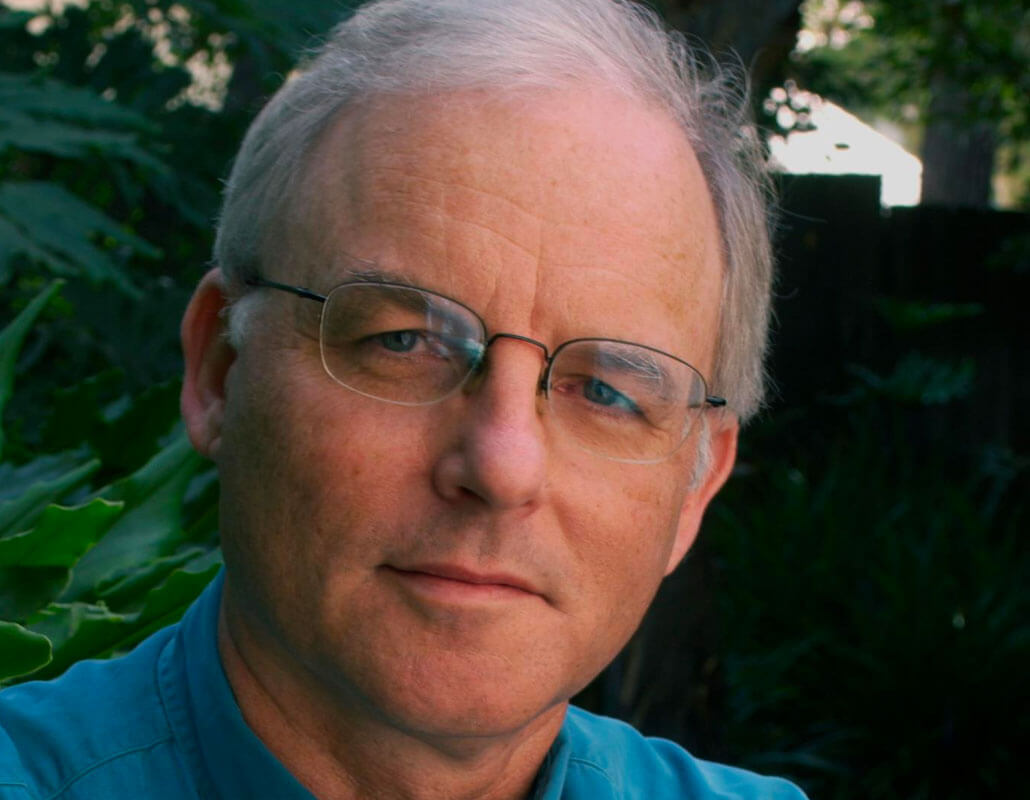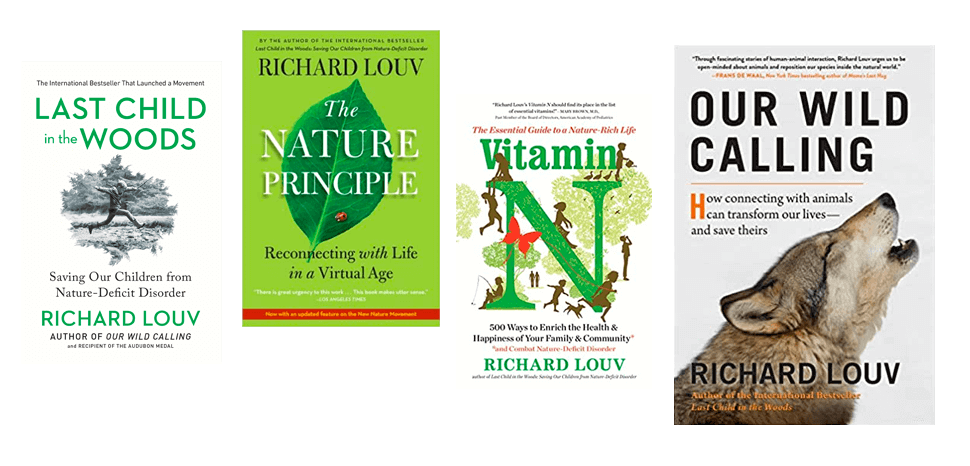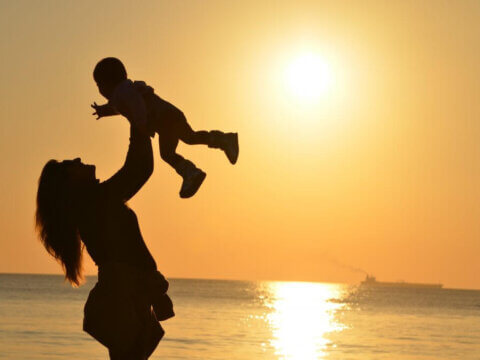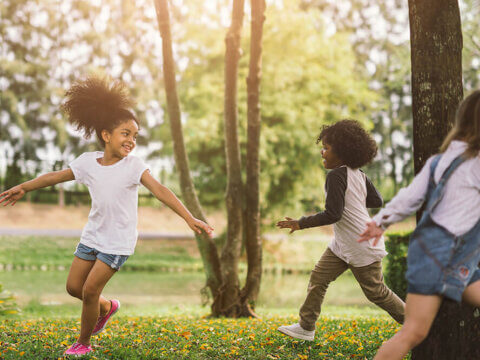10 ways faith-based organizations can connect children, families and communities to the natural world
“We are not God. The Earth was here before us and was given to us.” — Pope Francis
My youngest son once asked me if a connection to a higher power is, in fact, an underutilized sense — one that some people find activated in nature. This is the same son who, when he was five, asked me, “Are God and Mother Nature married, or just good friends?” Good questions.
I shared those thoughts in The Nature Principle and Last Child in the Woods. Since the publication of those books, I’ve been surprised and impressed by the support that many religious leaders of all faiths, and non-believers as well, have offered to the movement to connect people to the natural world. I’ve come to believe that smart spiritual people intuitively understand that all spiritual life begins with a sense of wonder, and that sense is usually formed early in childhood, often in natural settings.
Most religious traditions, especially in Indigenous cultures, intimate or actively offer ways to discover the divine in the natural world. Which leads me to the next point: Faith-based communities and religious organizations could play a much larger role in helping children and adults know the world, and beyond, through nature. In a forthcoming book, Vitamin N, I offer 500 actions that individuals, families and organizations can take.
Here are a few of the ways that places of worship can realize their potential to reduce nature-deficit disorder and make gentle the life of the world:
- In sermons and in practice, religious leaders can explore the spiritual value of connecting children to nature. Greenfaith offers curricula and other resources for Christian, Jewish, Islamic, Hindu and Buddhist teachings on the environment. Teach mindfulness (rooted in Buddhism, but not restricted to it) toward the creation, including human beings.
- Religious organizations, already major sponsors of early childhood education, can dramatically increase the availability of nature-based preschools and childcare centers. Check out this guide to 25 Easy Nature Play Ideas for Early Childhood Centers for inspiration.
- Support your local nature camp. Church camps and nature retreats have a long tradition of connecting kids to nature, but many have been eliminated or reduced in recent years by budget cuts and land sales. Place more emphasis on the nature connection at existing camps, and create new ones, including interfaith camps for children of all backgrounds and spiritual traditions. The American Camp Association offers tips and information on how to preserve or create new ones.
- Places of worship can promote family nature clubs and organize other outdoor activities for families. Nationally, the Christian Hiking Network organizes such outings. They also connect people within and among neighborhoods by forming nature networks.
- On their grounds or other properties, faith-based centers can adapt some of the tools and techniques of the green schoolyards movement and help transform the landscapes and waters of their own communities.
- Help create butterfly and bird zones in your community, by planting native plants that help bring back migration routes, and encouraging families to transform parts or all of their yards into places for native species. Doug Tallamy’s book, “Bringing Nature Home” is a good primer on why this is vital to biodiversity, and how to do it.
- Join other faith-based organizations and groups to help create a Homegrown National Park. Encourage people to organize neighborhoods, cities and eventually the country into what would essentially be biodiversity-building corridors — ones that not only increase biodiversity but also nurture human health. Think of the power that children and families would feel if they were part of the literal re-greening of a nation? And why stop at our borders? Why not join with others around the world to create a Worldwide Homegrown Park?
- Help create a regional campaign to connect kids to nature, or support existing ones. Places of worship can serve as conveners of such campaigns, bringing together pediatricians, teachers, mayors, conservation groups, businesses and other faith-based organizations. Such networks can pool their resources help children experience nature where they live, work, learn and play.
- Many religious leaders believe it’s time to move beyond the division, in Biblical interpretation, between dominion and stewardship. They say: Of course we have dominion; look what we’re doing to the Earth — but why would we want to trash God’s creation? Many congregations, conservative or liberal, are involving children, families and individuals in conservation work locally and globally. The Blessed Tomorrow coalition, launched in 2014 by ecoAmerica’s Momentus initiative, brings together representatives from a broad range of faith traditions to work on climate change. Congregations are invited to sign a commitment “to walk more gently on the earth and to inspire others to lead on climate in their homes, places of worship, and communities.” We don’t have to agree on the particulars, but we can join together to heal our home.
- Places of worship can take a leading role in advocating for the human right of all children to connect to nature, regardless of ethnicity, race, sexual orientation, economic level, abilities or religion. Around the world, an expanding body of scientific evidence links experience in the natural world to better physical and mental health and enhanced cognitive abilities. To that list, we can add the life of the spirit. All children, not just a few, deserve the natural gifts of the creation.
VITAMIN N FOR THE SOUL: How Nature Can Nourish the Spirit of Children and Adults, a Finding Nature News story by Richard Louv
RADICAL AMAZEMENT: Nature and the spiritual life of children, a Finding Nature News story by Richard Louv
Richard Louv and Tu B’Shvat or It is not Jewish to Stay Inside
-
Network News
POLICY UPDATE: Policy and advocacy for the children and nature movement
-
Voices
Binoculars, bald eagles and my journey as a Black birder
-
Richard Louv
THE WONDER BOWL: Ten Spring and Summer Nature Activities for Kids and Adults
-
Network News
Minneapolis Spotlight: The promise and possibilities of parks for youth
-
Voices
Why nature is my motherhood ally








Commentaries on the C&NN website are offered to share diverse points-of-view from the global children and nature movement and to encourage new thinking and debate. The views and opinions expressed are those of the author(s) and do not necessarily reflect the position of C&NN. C&NN does not officially endorse every statement, report or product mentioned.